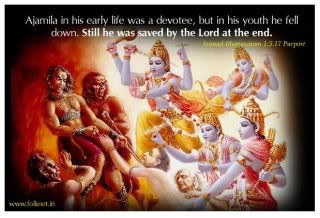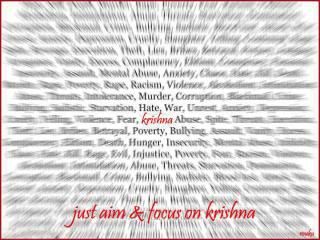Karnamrita Das
(this blog is recorded on the full page: quick time player needed)
[reposted from 9-26-2012]
None of us want to be sick, and yet we all experience the occasional cold, flu, or something more serious. Some persons, like my wife, who have a weak immune system, deal with a body that is prone to catch whatever bug is going around. Having such a delicate bodily instrument, if they don’t eat and sleep properly they become more susceptible to illness. Thus my wife is a much greater expert than me in understanding the benefits of sickness to her spiritual life and how the body can be a great teacher. Never the less, I have a few experiences that have helped me appreciate the value of illness. Having a background in Krishna consciousness and a trained philosophical eye and heart helps us see everything—even great reverses—in relationship to Krishna and bhakti. Illness can bring us to our knees in surrender and teach us the smallness of our existence (even Shrila Bhaktivinoda Thakur glorified ill health for this very reason, and he underwent many bouts of sickness in his life). I was reminded of this after I ate something at Radhastami that didn’t agree with me, and have had the runs for the last 3 days. While not a pleasant experience on one level, I also practically experienced how sickness can be a helpful part of our spiritual journey.
































